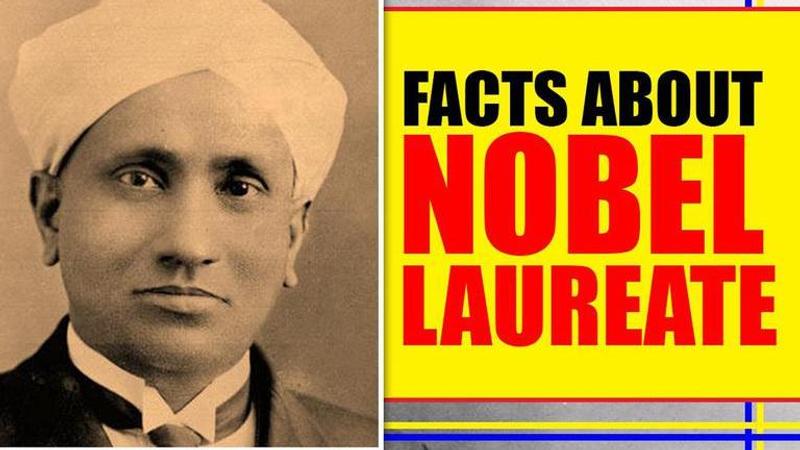Published 18:03 IST, November 21st 2019
CV Raman's 49th death anniversary: Facts about the eminent physicist
Nobel Prize-winning physicist, Sir Chandrasekhara Venkata Raman, more popularly known as C V Raman was born on November 7, 1888, and passed away on Nov 21, 1970

Nobel Prize-winning physicist, Sir Chandrasekhara Venkata Raman, more popularly known as CV Raman was born on November 7, 1888, and passed away on November 21, 1970. On 49th Death anniversary of India's most revered scientist, the nation remembered his contribution to science from 'Raman Effect' to 'Raman lines' and his spectacular theories on the behaviour of light. Raman's father was a lecturer of Mathematics and Physics which also influenced Raman to pursue the course of Science.
Here are some facts about the Nobel Prize-winning physicist:
First appointments
CV Raman was appointed as the first Palit Professor of Physics at the University of Calcutta in 1917, but he quit his government service. Even while he was teaching in Kolkata, Raman continued to carry his research at the Indian Association for the Cultivation of Science where he later became an honorary scholar.
Discovery of Raman effect
While he was at IACS, Raman made a ground-breaking discovery which earned him a Nobel Prize in Physics on February 28, 1928. Raman also discovered the evidence of the quantum nature of light by observing the scattering of light which was later known as 'Raman effect'. February 28 is also celebrated as National Science Day because Raman was awarded the Nobel Prize on that day. He later disclosed that his discovery of scattering of the light was inspired by the 'wonderful blue opalescence of the Mediterranean Sea' while he was on his way to Europe in 1921.
Raman had a collaborator
One of the lesser-known facts is that Raman had a collaborator in his experiment of 'Raman effect', KS Krishnan. However, he did not share the Nobel Prize, due to some professional differences between the two. Raman had still made it significant about the Krishnan's contribution to the discovery during his acceptance speech. Dr Ernest Rutherford, the discoverer of the atomic nucleus and proton, had referred to the notes made by Raman on spectroscopy during his presidential address to the Royal Society in 1929. Raman was also acknowledged by society and was presented with a knighthood.
Was rooting for Nobel Prize
Since the discovery of 'Raman effect', he was hoping for a Nobel Prize since 1928 and finally bagged it two years later which also made him the first Asian and non-white individual to win the prize. It was in 1932 when he along with Suri Bhagavantam discovered the quantum photon spin.
Stamp of CV Raman
On his first death anniversary, the Indian Postal Service published a stamp of CV Raman along with the reading of his spectroscopy and a diamond on the background.
Read - First Female Wins The Nobel Prize For Physics In 55 Years, Two Other Scientists Share The Award
Updated 18:42 IST, November 21st 2019





